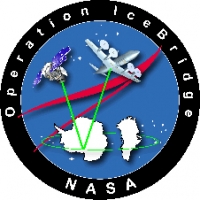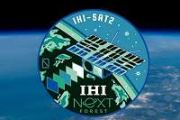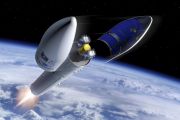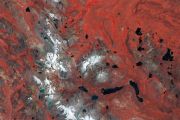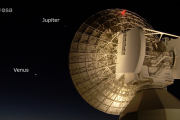IceBridge, a six-year NASA mission, is the largest airborne survey of Earth's polar ice ever flown. It will yield an unprecedented three-dimensional view of Arctic and Antarctic ice sheets, ice shelves and sea ice. These flights will provide a yearly, multi-instrument look at the behavior of the rapidly changing features of the Greenland and Antarctic ice.
Data collected during IceBridge will help scientists bridge the gap in polar observations between NASA's Ice, Cloud and Land Elevation Satellite (ICESat) -- in orbit since 2003 -- and ICESat-2, planned for early 2016. ICESat stopped collecting science data in 2009, making IceBridge critical for ensuring a continuous series of observations.
IceBridge will use airborne instruments to map Arctic and Antarctic areas once a year. IceBridge flights are conducted in March-May over Greenland and in October-November over Antarctica. Other smaller airborne surveys around the world are also part of the IceBridge campaign.
Additional Info
- Lead Nation: USA
- Project Website: www.nasa.gov/mission_pages/icebridge/index.html
Latest from Copernical Team
- SpaceX launches 1st of 5 missions on tap in next 8 days on Florida's Space Coast
- Week in images: 08-12 December 2025
- XMM-Newton sees comet 3I/ATLAS in X-ray light
- Pablo Álvarez Fernández | Spacesuits, Survival & Spacewalk Dreams | ESA Explores #18
- IHI SAT2 hyperspectral CubeSat enters orbit to support forest monitoring and carbon data
- Antares lines up $96 million to advance microreactor rollout
- Secure ESA contract advances GomSpace satellite cybersecurity
- Quantum hardware roadmap highlights scaling hurdles on path to everyday applications
- Gilat wins 10 million dollar order for transportable direct downlink earth observation system
- NASA refines aircraft icing safety modeling with GlennICE software

